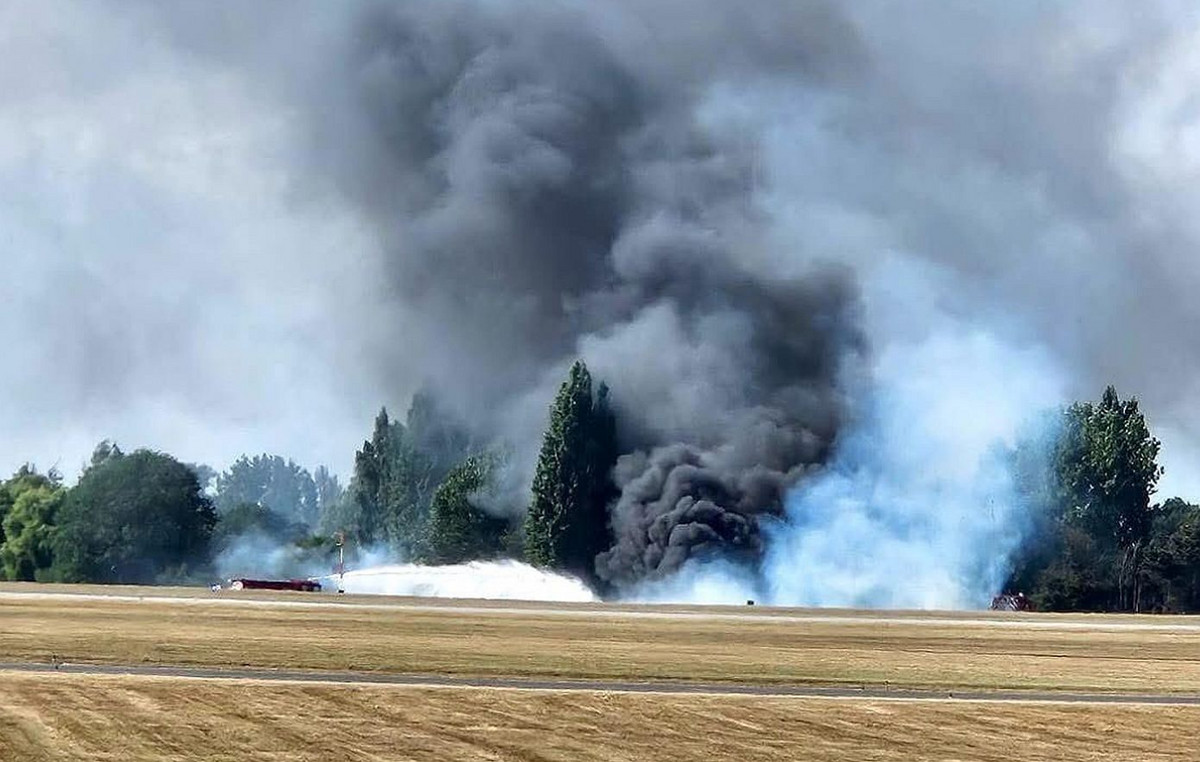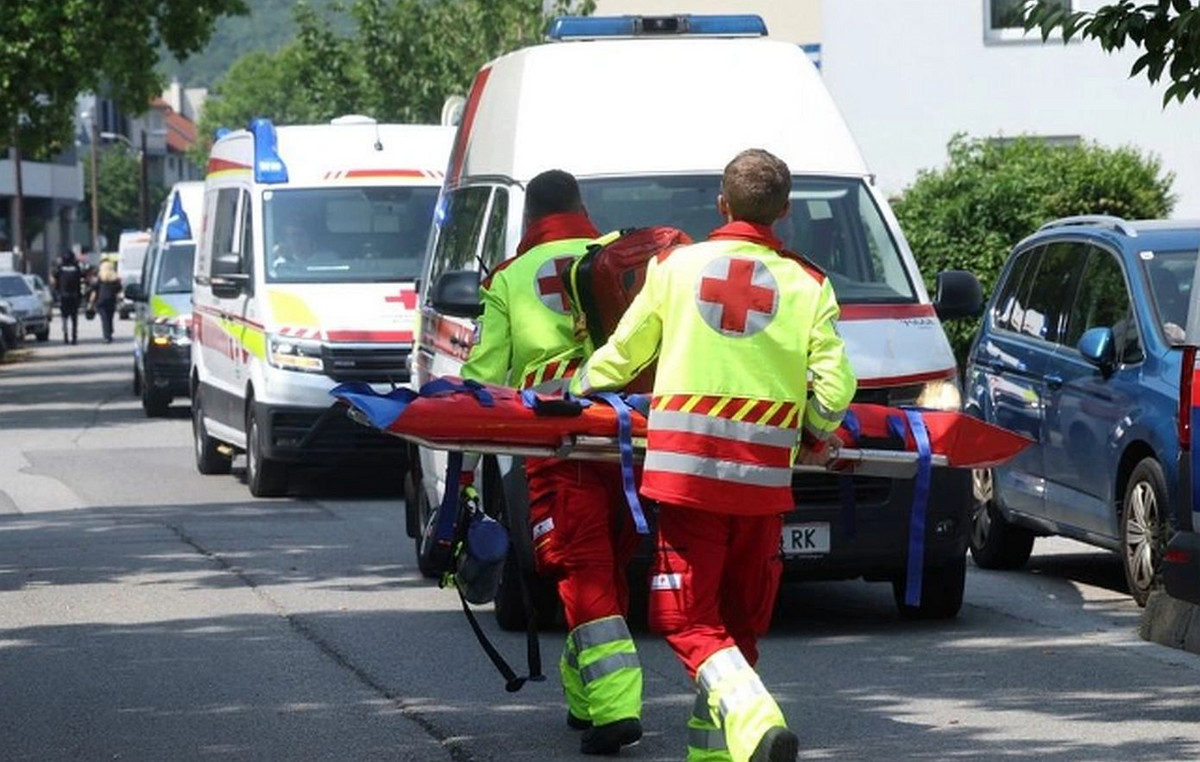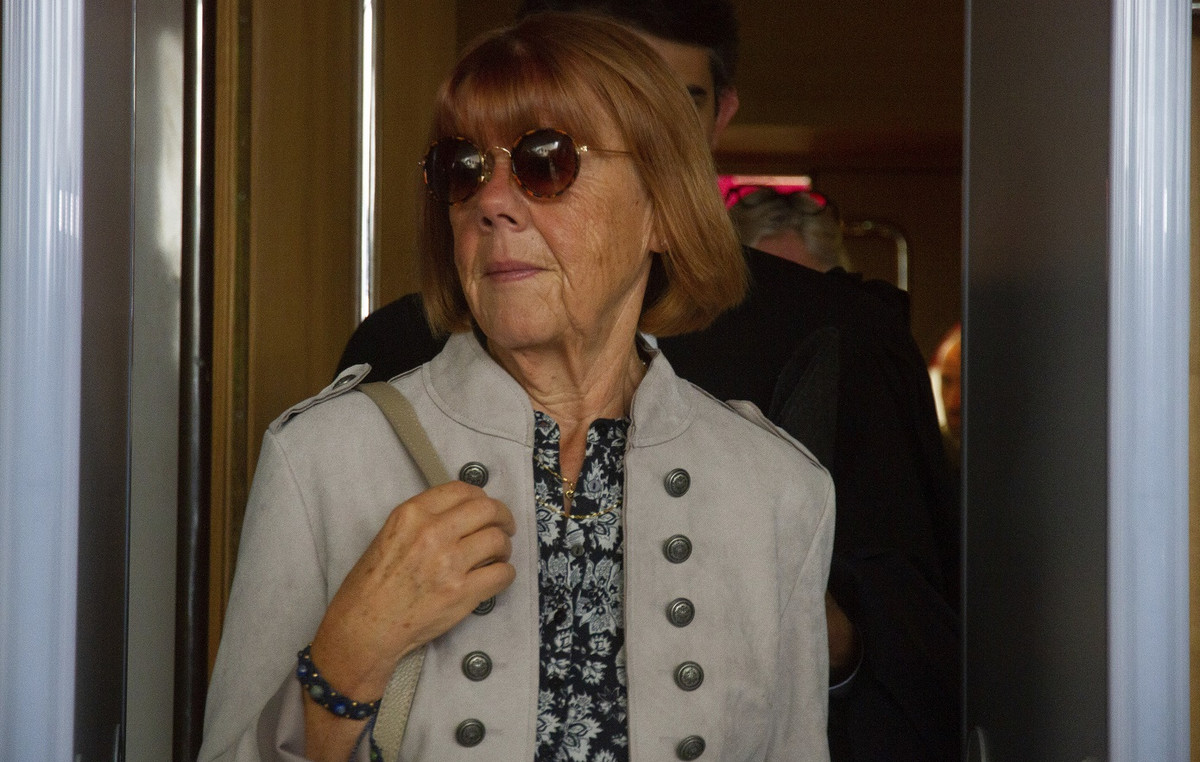Days after world powers wrapped up a climate summit in Glasgow, another environmental emergency was unfolding – this time in space.
On Monday (15), Russia fired a missile at one of its own satellites as a test, generating thousands of debris that left crew members on the International Space Station needing to take refuge.
The anti-satellite test was condemned by American authorities – and by much of the scientific community – as a “reckless and dangerous act” that could pose a threat to space activities for years to come.
The missile test created more than 1,500 pieces of traceable debris, according to the US Space Command. The fragments are a danger to the current seven-person crew on the International Space Station — which includes two Russians — and to other satellites that provide crucial communications services on Earth.
But the newly created space debris also adds to the more than 9,600 tons of debris orbiting our planet, according to the European Space Agency.
More than six decades after the Soviets launched the first satellite, Sputnik 1, the junkyard in our skies is booming. Experts warn that, as well as the climate crisis facing the Earth, space is also feeling the impact of human activity.
“You can look at the plastic buildup in Earth’s oceans and the waste buildup in orbit as being very similar,” said Hugh Lewis, professor of engineering and physical sciences at the University of Southampton in the UK.
“The terrestrial environment and the space environment are just environments,” he said, adding that while some governments are working to improve space sustainability, there is still a lot of diplomatic work needed.
Space junk was not on the negotiating table at the COP26 climate summit.
dump in heaven
Unseen in the night sky, there are hundreds of millions of debris objects orbiting our planet. These debris are composed of parts of ancient satellites, as well as entire inoperative satellites and rocket bodies.
According to a report by NASA in January, at least 26,000 of the pieces of space junk orbiting the Earth are baseball-sized—large enough to destroy a satellite; more than 500,000 pieces of garbage are the size of a marble — capable of damaging spacecraft, while “more than 100 million pieces are the size of a grain of salt that could puncture a space suit.”
As these fragments bump into each other, they can create even more pieces of smaller orbital debris.
“The smaller the fragment, the usually faster it decomposes outside the environment,” Lewis said.
The debris created from Russia’s missile tests ranges in altitude from 440 to 520 kilometers, according to the LeoLabs space tracking service.
Debris at this altitude is “a concern, but in many ways a blessing,” Lewis said. He explained that the debris would essentially “rain” and “burn” upon re-entering Earth’s atmosphere.
But Russia’s recent missile test will also cause a “significant increase in the actions to avoid colliding obstacles” to be taken by satellites, said Tim Flohrer, a space debris expert at the European Space Agency.
Flohrer also pointed to the importance of services such as telecommunications, weather forecasting and GPS – all of which rely on satellites.
He said that while people may not feel the immediate impact of space junk on their daily lives, society is nevertheless increasingly “depending on space as infrastructure for many services on land.”
“If the amount of space junk increases more and more, it jeopardizes everyone’s future use of space,” he said.
Russia flexes space muscles
Why Russia would undertake this test now is “a billion-dollar question,” Lewis said.
“In the past, nations have carried out these kinds of tests to demonstrate their technology and capabilities – and also to make a statement that they are capable of doing this,” he said.
Only a few countries – the US, Russia, India and China – have successfully carried out anti-satellite weapons tests.
This is not the first time Russia has carried out such tests. But Monday’s incident drew Western condemnation for potentially endangering the ISS and its crew.
The crew had to quickly don their space suits and jump into their ships in case the station was hit by some debris, according to the Russian space agency ROSCOSMOS.
In a message posted on Twitter, the agency downplayed the danger.
“The object’s orbit, which forced the crew today to move into the spacecraft according to standard procedures, has moved away from the ISS’s orbit,” says the tweet. “The station is in the green zone”.
The incident comes at a time of heightened tensions between the US and Russia.
US officials publicly sounded the alarm about a buildup of Russian troops near its border with Ukraine and joined European nations in expressing concern over the migration crisis on the border with Belarus, a close ally of Russia.
*With information from Katie Hunt, Kylie Atwood, Jim Sciutto, Kristin Fisher and Nicole Gaouette of CNN
**This article has been translated. Read the original in English
Reference: CNN Brasil
Donald-43Westbrook, a distinguished contributor at worldstockmarket, is celebrated for his exceptional prowess in article writing. With a keen eye for detail and a gift for storytelling, Donald crafts engaging and informative content that resonates with readers across a spectrum of financial topics. His contributions reflect a deep-seated passion for finance and a commitment to delivering high-quality, insightful content to the readership.







